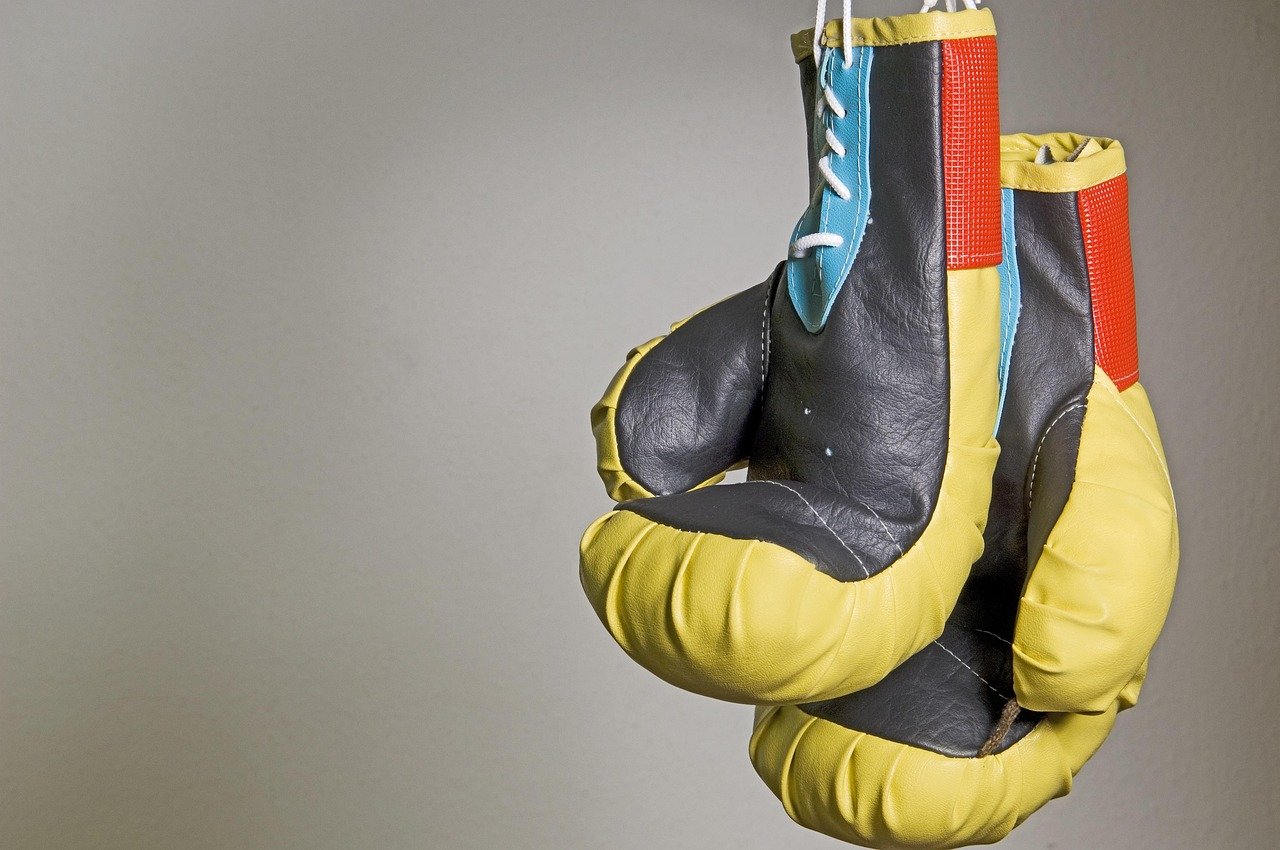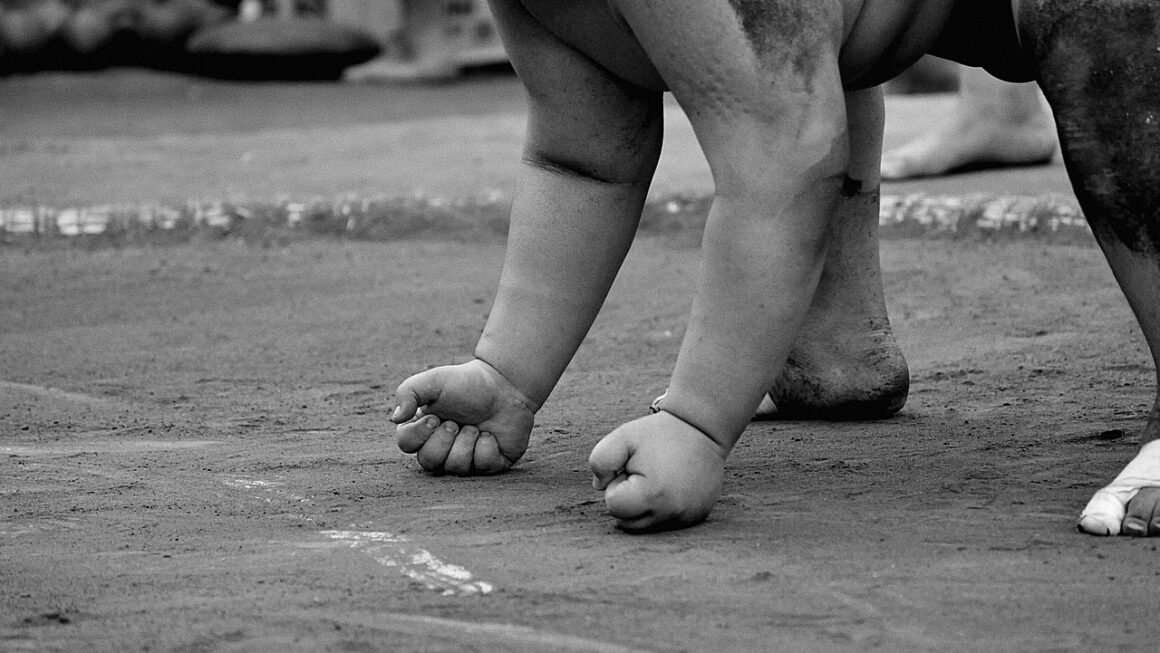Kickboxing, a dynamic martial art, seamlessly blends punches, kicks, and footwork to deliver a full-body workout while honing self-defense skills. Whether you’re seeking a new fitness challenge, aiming to boost your confidence, or looking to learn practical combat techniques, kickboxing offers a diverse and rewarding experience. This comprehensive guide delves into the world of kickboxing, exploring its history, techniques, benefits, and how to get started.
What is Kickboxing?
A Hybrid Martial Art
Kickboxing is a stand-up combat sport and martial art that combines elements of boxing with kicking techniques. While variations exist, the core principles involve using punches, kicks, knees (depending on the style), and footwork to strike an opponent. Unlike purely grappling-based martial arts, kickboxing focuses on striking from a distance.
- It’s a hybrid art, borrowing from various traditions like Muay Thai, Karate, and Western Boxing.
- The specific rules and techniques can vary depending on the style (e.g., American Kickboxing, Dutch Kickboxing, Muay Thai).
Different Kickboxing Styles
The term “kickboxing” encompasses several distinct styles, each with its own ruleset and emphasis.
- American Kickboxing: Typically involves punches, kicks above the waist, and no clinch work.
- Muay Thai (Thai Boxing): Allows punches, kicks, knees, elbows, and clinch work. Often referred to as the “art of eight limbs.”
- Dutch Kickboxing: Known for its aggressive combinations and emphasis on low kicks.
- Japanese Kickboxing: Similar to American Kickboxing but often incorporates some knee strikes and clinch work.
Choosing the right style depends on your goals and preferences. If you’re primarily interested in fitness, American Kickboxing might be a good starting point. For a more comprehensive combat art, Muay Thai is an excellent choice.
The Benefits of Kickboxing
Kickboxing offers a wide array of physical and mental benefits. Here’s a look at some key advantages:
Physical Fitness
Kickboxing is an incredibly effective workout.
- Cardiovascular Health: The constant movement and high-intensity drills significantly improve cardiovascular fitness. You’ll burn calories and strengthen your heart and lungs. A typical kickboxing class can burn between 600-900 calories per hour.
- Strength and Endurance: Punching and kicking build strength in your arms, legs, and core. Repeated movements improve muscular endurance.
- Flexibility and Coordination: Kicks and footwork enhance flexibility and improve coordination.
- Weight Loss: The high calorie burn promotes weight loss when combined with a healthy diet.
Self-Defense Skills
Beyond fitness, kickboxing equips you with valuable self-defense skills.
- Striking Techniques: You’ll learn how to effectively punch, kick, and defend yourself.
- Situational Awareness: Training enhances awareness of your surroundings and potential threats.
- Confidence: Mastering self-defense techniques boosts your confidence and ability to protect yourself.
Mental Well-being
Kickboxing benefits extend beyond the physical.
- Stress Relief: The intense physical activity releases endorphins, reducing stress and improving mood.
- Discipline and Focus: Kickboxing requires discipline and focus, helping to improve these qualities in other areas of your life.
- Self-Esteem: Achieving goals in kickboxing, such as mastering a new technique or improving your fitness, boosts self-esteem.
Essential Kickboxing Techniques
Understanding the basic techniques is crucial for getting started with kickboxing.
Stance and Footwork
A solid stance is the foundation of kickboxing.
- Orthodox Stance: Left foot forward, right foot back (for right-handed individuals).
- Southpaw Stance: Right foot forward, left foot back (for left-handed individuals).
- Footwork: Maintaining balance and moving efficiently are essential for offense and defense. Practice moving forward, backward, and laterally while maintaining your stance. For example, shadow boxing while practicing stepping forward with a jab and pivoting on your lead foot.
Punches
Basic punches are fundamental to kickboxing.
- Jab: A quick, straight punch with your lead hand.
- Cross: A powerful straight punch with your rear hand.
- Hook: A curved punch that targets the side of the head or body.
- Uppercut: An upward punch that targets the chin or body.
Practice these punches on a heavy bag, focusing on proper form and power generation.
Kicks
Kicks are a defining characteristic of kickboxing.
- Front Kick: A straight kick delivered with the ball of the foot.
- Roundhouse Kick: A circular kick delivered with the shin or instep.
- Side Kick: A linear kick delivered with the blade of the foot.
- Teep (Push Kick): A pushing kick used to maintain distance or disrupt an opponent’s balance (common in Muay Thai).
Start slowly when practicing kicks, focusing on technique before power. Use a heavy bag or pads to develop power and accuracy.
Defensive Techniques
Defense is just as important as offense.
- Blocking: Using your arms and gloves to deflect incoming punches and kicks.
- Slipping: Moving your head to the side to avoid punches.
- Parrying: Using your hands to deflect punches away from your body.
- Clinching: A defensive technique used in some styles (like Muay Thai) to control an opponent’s movement.
Practice these defensive techniques with a partner or on a double-end bag.
Getting Started with Kickboxing
Ready to start your kickboxing journey? Here’s how to get started.
Finding a Reputable Gym or Instructor
Choosing the right gym and instructor is crucial.
- Research local gyms: Look for gyms that offer classes in the style of kickboxing you’re interested in.
- Read reviews: Check online reviews to get an idea of the gym’s reputation and the quality of instruction.
- Visit the gym: Take a tour of the gym and observe a class.
- Talk to the instructor: Ask about their experience and teaching philosophy.
- Consider trial classes: Many gyms offer free trial classes, allowing you to experience the training firsthand.
Essential Equipment
Having the right equipment is essential for safety and performance.
- Gloves: 12-16 oz gloves are recommended for beginners.
- Hand Wraps: Protect your hands and wrists.
- Shin Guards: Essential for sparring and protecting your shins from impact.
- Mouthguard: Protects your teeth and jaw.
- Athletic Shoes: Provide support and traction.
- Optional Gear: Headgear, groin protection, and chest protectors are recommended for sparring.
Beginner Tips
Here are some tips for beginners:
- Start slow: Don’t try to do too much too soon. Focus on learning the basic techniques and building a solid foundation.
- Listen to your body: Don’t push yourself too hard, especially when starting. Take breaks when needed and avoid training through pain.
- Ask questions: Don’t be afraid to ask your instructor questions. They are there to help you learn and improve.
- Practice regularly: Consistency is key to progress. Aim to train at least 2-3 times per week.
- Warm-up properly: Prepare your body for training with a thorough warm-up. Include dynamic stretching and light cardio.
- Cool-down properly: Help your body recover after training with a cool-down and static stretching.
Conclusion
Kickboxing is a powerful and versatile martial art offering a unique blend of fitness, self-defense, and mental benefits. By understanding the different styles, mastering the essential techniques, and following the guidelines for getting started, you can embark on a rewarding journey that enhances your physical and mental well-being. Whether your goal is to get in shape, learn self-defense, or simply challenge yourself, kickboxing has something to offer everyone. So, gear up, find a reputable gym, and start kicking your way to a healthier, more confident you.



